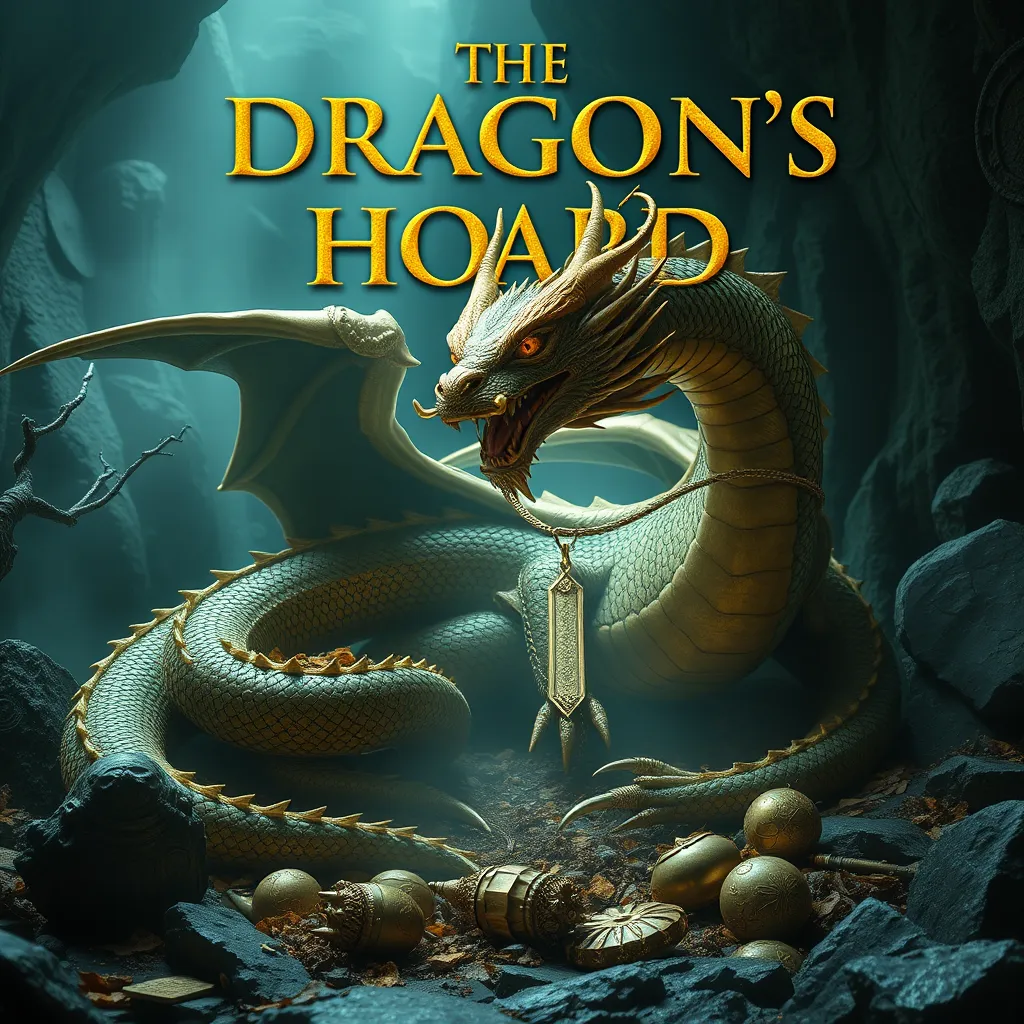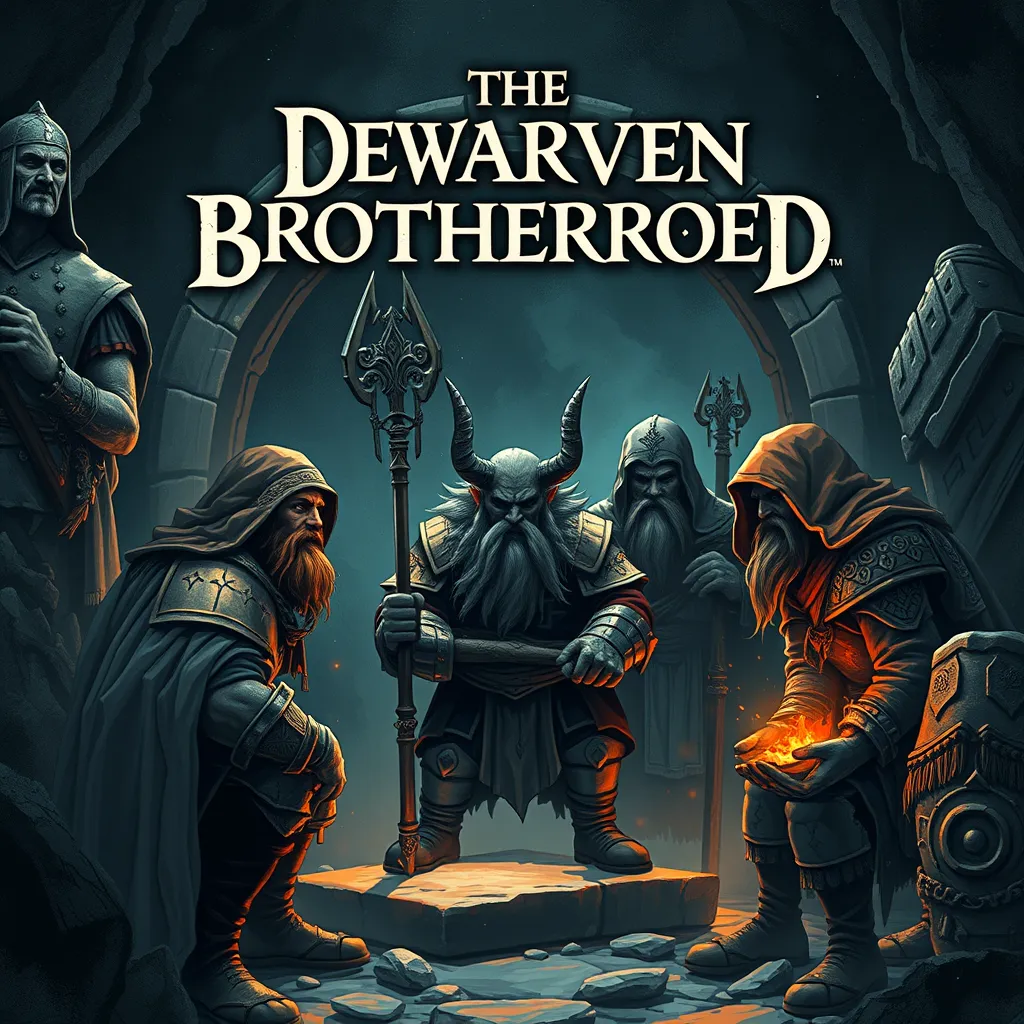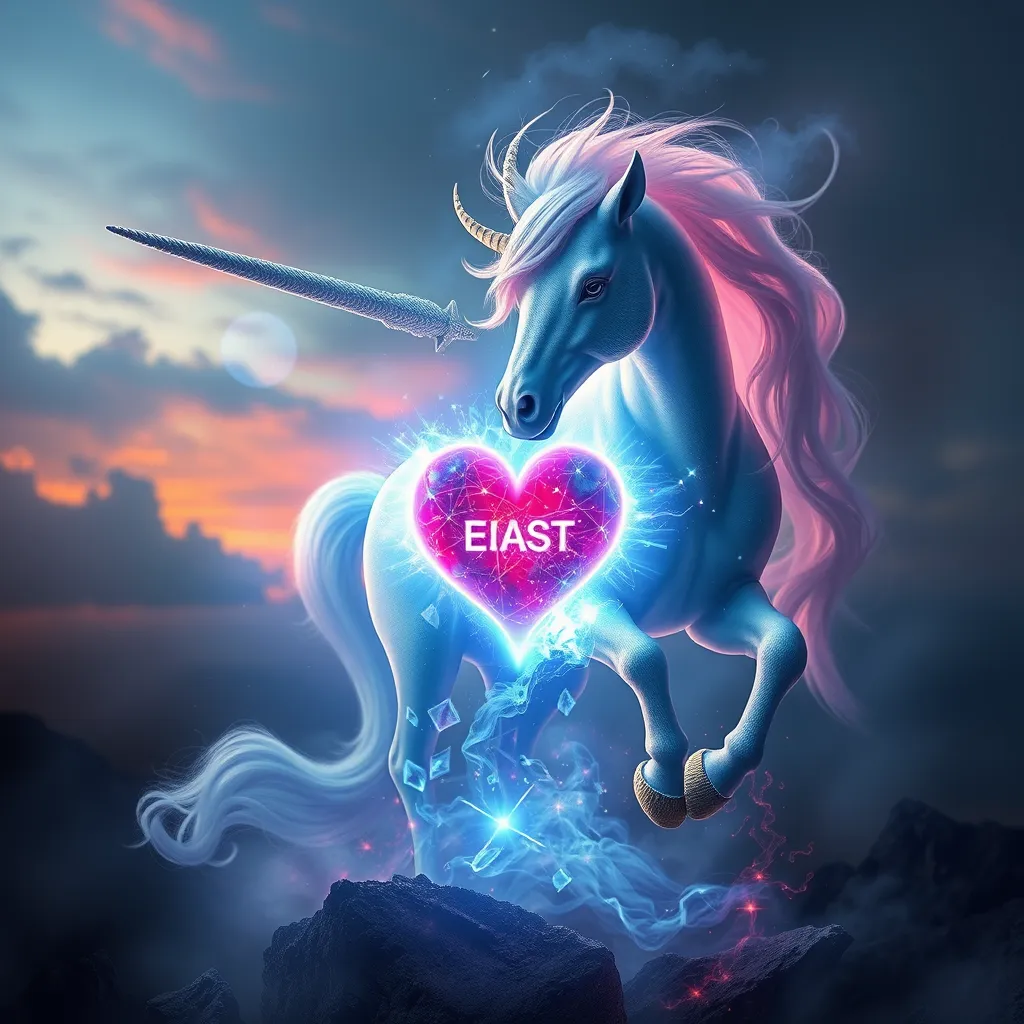The Dragon’s Hoard: A Journey into the World of Dragon Treasures and Their Meanings
I. Introduction to Dragon Lore
Dragons have captivated human imagination for centuries, appearing in myths and folklore across cultures. These majestic creatures often symbolize power, chaos, and mystery. Their association with treasure is a recurring theme, providing a rich vein of storytelling that explores the interplay between humans and the mythical. This article aims to delve into the symbolism of dragon treasures, highlighting their significance and the lessons they impart.
II. The Mythical Origins of Dragon Treasures
A. Historical accounts of dragons guarding treasures
Many ancient civilizations, from Mesopotamia to the Far East, have tales of dragons hoarding vast treasures. These stories frequently depict dragons as guardians of gold and jewels, serving as formidable obstacles for heroes seeking glory and wealth.
B. Cultural variations in dragon treasure myths
- European Dragons: Often depicted as malevolent creatures that hoard gold, such as the dragon Smaug in Tolkien’s “The Hobbit”.
- Asian Dragons: Typically seen as benevolent, associated with water and fertility, with treasures symbolizing wisdom and prosperity.
- Middle Eastern Dragons: Often depicted in ancient texts as serpentine beasts guarding sacred relics and treasures.
C. The role of treasure as a narrative device
Treasures in dragon lore serve not only as physical objects of desire but also as metaphors for personal growth, ambition, and the moral dilemmas faced by those who seek them. The quest for dragon treasures often symbolizes the hero’s journey, filled with trials and tribulations that ultimately lead to self-discovery.
III. Types of Treasures Associated with Dragons
A. Gold and precious metals
Gold is perhaps the most iconic treasure associated with dragons. In many legends, it represents not just wealth but also the power that comes with it. The allure of gold often drives heroes to confront these fearsome beasts.
B. Gemstones and magical artifacts
Beyond gold, dragons are often associated with dazzling gemstones and magical items. These artifacts are imbued with mystical properties, symbolizing knowledge, protection, and immense power.
C. Ancient relics and their cultural significance
- Relics: Often linked to divine or royal authority, these items are guarded by dragons as a way to protect sacred traditions.
- Artifacts of Power: Items like Excalibur or the Arkenstone represent ultimate authority and are frequently sought after in tales involving dragons.
IV. Symbolism of Dragon Treasures
A. Wealth and prosperity in different cultures
In many cultures, dragon treasures symbolize the pinnacle of wealth and prosperity. They reflect the societal values placed on material success and the lengths to which individuals will go to achieve it.
B. Power and status associated with dragon treasures
Possessing a dragon’s treasure often confers authority and status. In folklore, those who conquer dragons and claim their hoard are frequently elevated to positions of power, suggesting that true valor is rewarded with not just riches but also respect.
C. The duality of greed and the moral lessons of treasure hunting
While dragon treasures represent aspiration, they also serve as cautionary tales. The pursuit of wealth can lead to greed and moral decay, as seen in the stories where characters are consumed by their desire for riches, leading to their downfall.
V. Famous Dragon Treasures in Literature and Media
A. Notable examples from classic literature (e.g., Beowulf, The Hobbit)
Classic works such as “Beowulf” and “The Hobbit” showcase dragons as central figures in their narratives. In “Beowulf”, the dragon guarding the treasure hoard becomes a symbol of the inevitable decline of power, while Smaug embodies the greed and avarice that wealth can inspire.
B. Depictions in modern films and video games
Films like “How to Train Your Dragon” and video games like “Skyrim” continue the tradition of dragons and their treasures, often exploring themes of friendship, responsibility, and the hero’s journey.
C. The impact of these stories on popular culture
The depiction of dragons and their treasures has profoundly influenced popular culture, shaping the archetypes of the hero, the villain, and the quest. These stories encourage audiences to reflect on their own values regarding wealth, power, and ambition.
VI. The Psychology Behind the Fascination with Dragon Treasures
A. The appeal of adventure and exploration
The allure of dragon treasures often lies in the adventure they promise. The pursuit of these riches embodies the human desire for exploration and discovery, leading to thrilling tales of bravery and daring.
B. The allure of the unattainable and the concept of hoarding
Dragon treasures represent the ultimate unattainable goal. This fascination can also extend to the concept of hoarding, where the desire to possess wealth can lead to obsession, mirroring the dragon’s own behavior.
C. Lessons learned from the pursuit of dragon treasures
Ultimately, stories of dragon treasures teach us about the balance between desire and morality. They remind us that the quest for wealth can lead to enlightenment but also to ruin.
VII. Modern Interpretations and Adaptations
A. How contemporary artists and authors reinterpret dragon treasures
Modern storytellers often reinterpret the symbolism of dragon treasures, using them to explore contemporary issues such as environmentalism, capitalism, and personal identity.
B. The role of treasure in fantasy genres today
In today’s fantasy genres, treasures are not merely material possessions but often represent deeper themes of personal growth, communal responsibility, and the consequences of greed.
C. The resurgence of dragon lore in popular culture
With the resurgence of fantasy literature and media, dragon lore continues to thrive. New adaptations and stories keep the fascination alive, ensuring that dragons and their treasures remain relevant in modern storytelling.
VIII. Conclusion: The Enduring Legacy of Dragon Treasures
A. Summary of key points discussed
Throughout history, dragon treasures have symbolized wealth, power, and the moral quandaries of ambition. From ancient myths to modern media, they continue to capture our imagination.
B. The continuing relevance of dragon treasures in society
As society grapples with issues of greed and wealth disparity, the tales of dragon treasures remind us of the lessons learned from our pursuits.
C. Final thoughts on the journey into the world of dragon lore and its treasures
The journey into the world of dragon lore reveals much about human nature and our values. The treasures guarded by dragons serve not only as objects of desire but as reflections of our own aspirations and fears, ensuring their place in our storytelling for generations to come.



